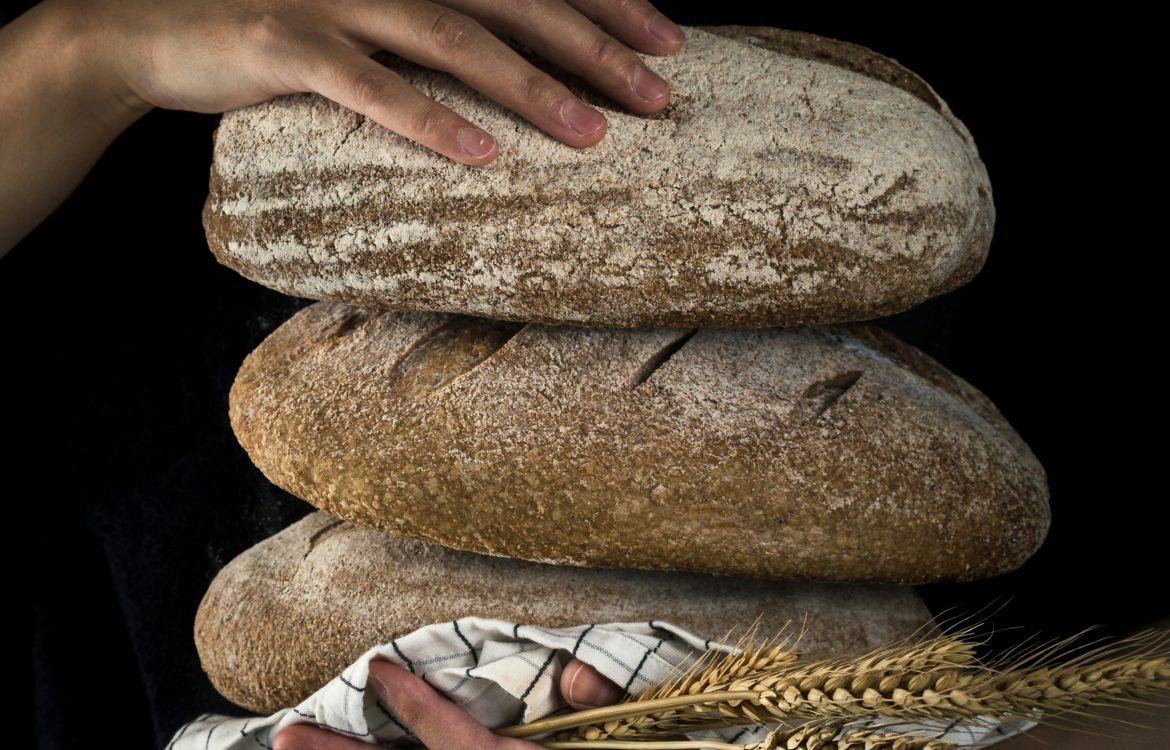
Between global and local markets: scenarios for the bread supply chain
By Prof. Gianluca Brunori
Wheat, the world’s largest crop by area and second largest by production, has a thousand-year history in international trade. Considering its fundamental role in global food security, it is evident that, since the year 2000, the world market has seen major changes. The United States, once the main exporting country, has ceded the leading export position to Russia and Ukraine. The conflict between these two countries has made it clear that policies in this sensitive sector also needed to be rethought from a geopolitical perspective.
Europe that, at the beginning of the post-World War II period, was a net importer, is today a major player in the global market, as it is one of the world’s leading exporters. At the same time, due to market segmentation and the different specialisation of its members within the value chain, Europe is also a major importer. Among European countries, Italy, for example, besides being a net importer, plays a significant role in the export of processed products.
In explaining the changes in the global grain market, it is important to consider that changing consumer sentiment has prompted a shift from quantity-based to quality-based market models, within which there is also a growing determination on the part of Western policymakers to limit production incentives and encourage more sustainable practices. In this transition, traditional business models based on specialised cereal farming with conventional techniques have long fallen into a crisis of prospects, seeing their share of value progressively eroded to the advantage of downstream operators and being exposed to the variability of input prices, which are closely correlated with energy prices. The farmers’ protests of recent months – and the cut in CAP subsidies was a trigger in this sense – are to a large extent linked to this underlying trend.
The crisis of the model based on quantity places farmers at a crossroads: on the one hand, the one based on dimensional growth and specialisation, which leverages economies of scale and relies on the opportunities offered by new technologies. The appearance, even in our territories, of mega-farms owned by financial holding companies is one of the results of this trend. The transition to the quality model, on the other hand, sees farmers – especially small and medium-sized ones – co-protagonists (together with small food enterprises and local communities) in the construction of new products and new markets, leveraging the potential offered by traditional varieties, agro-ecological practices, processing techniques, and the link with the territory, practising differentiation strategies that enable them to obtain more favourable unit prices and to fully employ the workforce. Small and medium-sized farms have also accompanied this path with crop diversification and the integration of agricultural activity with processing, direct sales and agritourism.
The transformation taking place in the wheat sector is an aspect of the more general transformation of food systems that is being called for to achieve the goals of the 2030 Agenda, and which is considered by many to be no longer postponable. The emerging tensions make it clear that the transition will be longer and more difficult than desired, and that it will need to be managed with the right tools, adequate resources, and new knowledge.
Acknowledgement: The English translation of the of the article is published on PAGE upon the request of the author. The original content is in Italian, which was published on Accademia dei Georgofili and can be accessed here.

